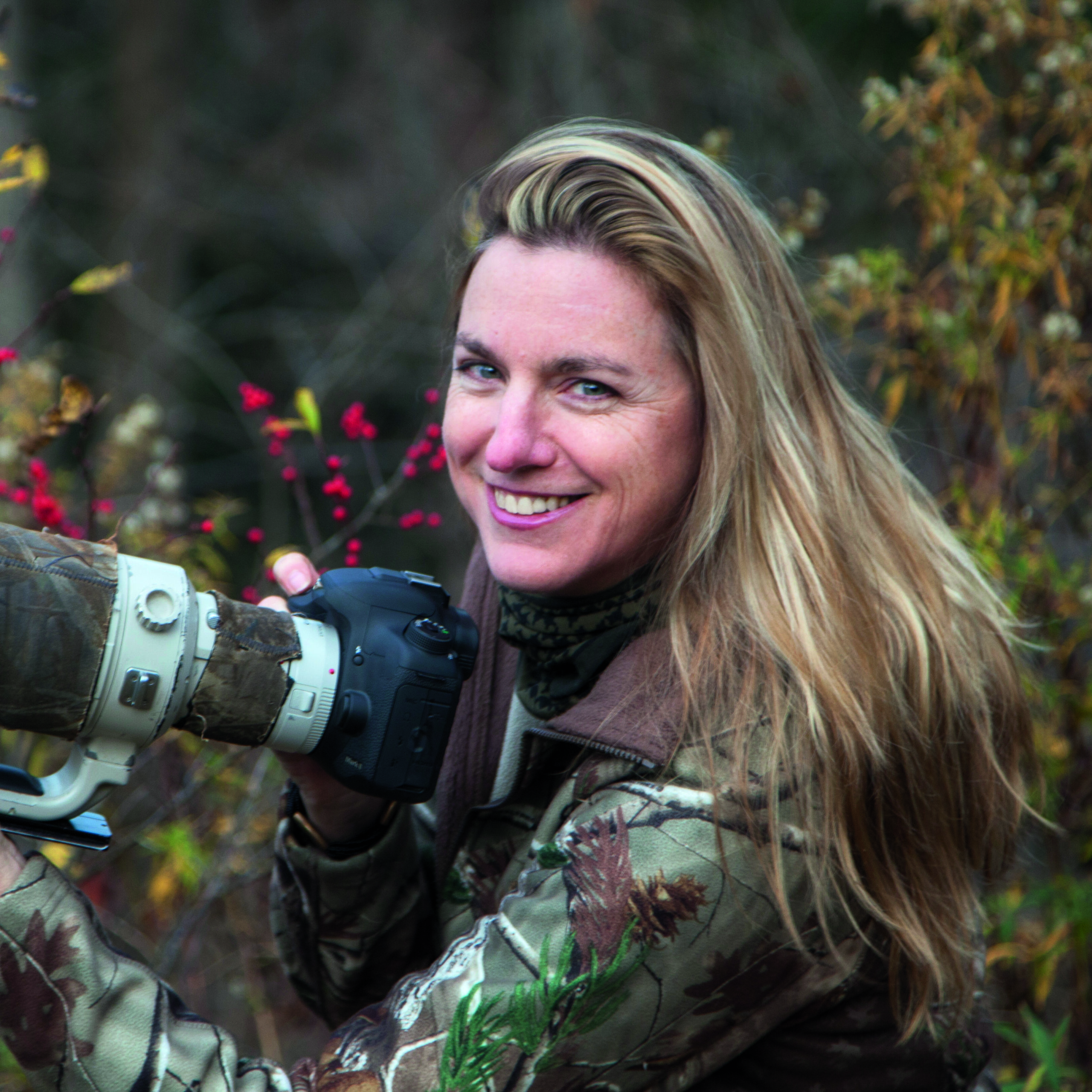It's no coincidence that the overwhelming majority of wildlife photographers are male. But what are the factors behind this, why aren’t there more female wildlife photographers, and, crucially, is change on the horizon?
Looking through the winners of the Natural History Museum’s prestigious Wildlife Photographer of the Year (WPY) 2020 contest, I was struck by just how few were female. But should I really have been that surprised? There has, after all, been a long-standing asymmetry between men and women in wildlife photography. As this article on the Natural History Museum’s website states, “The number of female WPY entrants and winners is representative of the amount of women working in wildlife photography.”
The reasons for this imbalance are myriad, as are the opinions on it. Some claim inherent bias. Others feel that women lack one or all of the qualities required to get ahead in this field, qualities traditionally associated with men: competitiveness, assertiveness, technical know-how, physical strength, fearlessness. And, historically at least, women who enter motherhood often become more homebound than fathers.

For a wildlife photographer, an award in the WPY contest can mean a significant career boost. Yet in the competition’s 57 years, women have won the overall title only four times (and one shared it with her partner). In the 2020 contest, among the adults, Jennifer Hayes was the only female to win an overall category (Oceans), of a total of 16 categories.
“In the past five years, there’s been little significant change, just a nudging up of a couple of percentages for women, the division being roughly 20-23 per cent,” says long-time WPY juror and former BBC Wildlife editor Roz Kidman Cox. “The percentage of women placing in the competition is also small, varying from 3-10 per cent (including youth entrants) and there has not been a statistically significant increase in the past decade.”
In 2021’s contest, the majority (88.2 per cent) of winning and commended images were by professionals. Reading the stories behind the shots, it’s obvious that many involved lengthy periods far from home.
Equal parenting between genders is becoming more widespread and, of course, not all women have children. Yet motherhood is going to make extensive travel difficult. Yes, stories can be found close to home, but magazine assignments, workshops and exploratory trips require frequent and often unpredictable travel schedules – something not easily juggled with parenting.
This is my personal experience as a professional photographer and a mother.
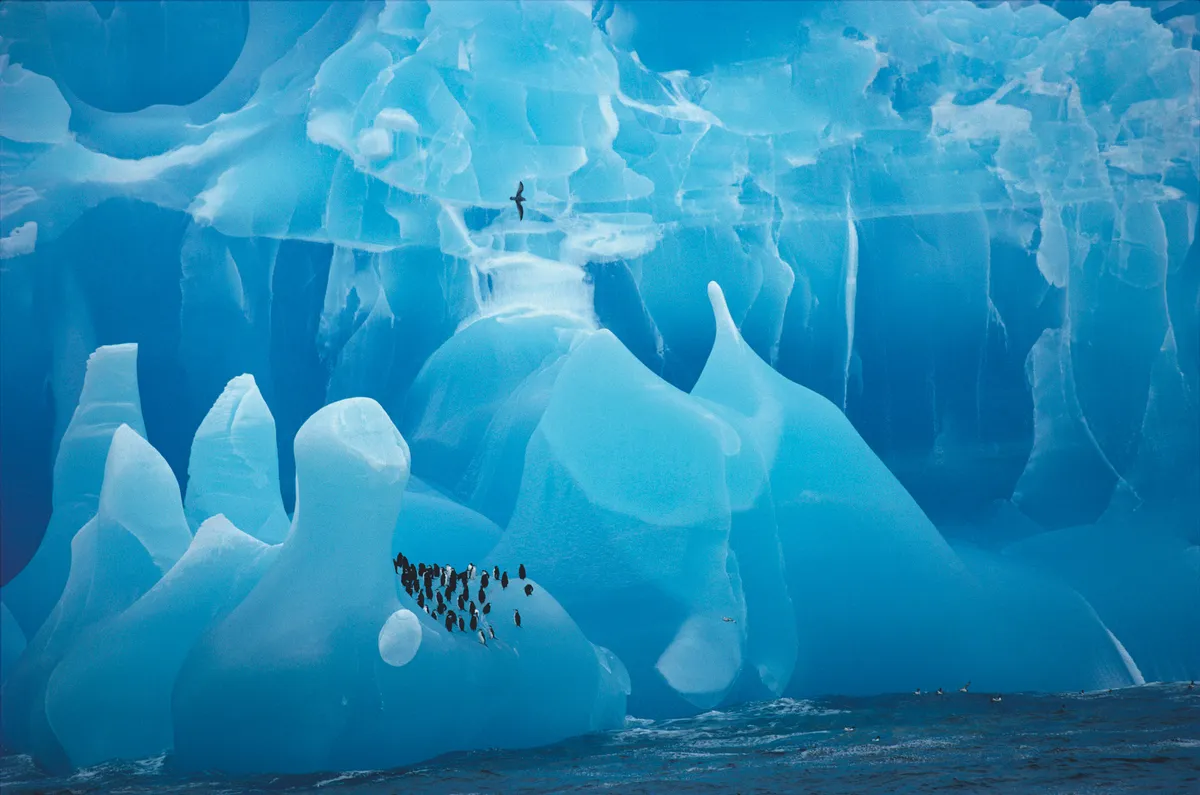
How hard is it for women to make a living as wildlife photographers?
I have, at times, felt lost, with no role models to guide me, but I have pushed through the challenges and forged my own way. I make it work by being choosy about assignments and being faithful to a rule that I will never be gone for more than two weeks. This puts me out of the running for long-term commissions and self-directed projects in the field, and means I can’t lead back-to-back photo safaris in Africa. I’ve had to diversify my income streams, branching out into other work that uses my expertise: writing articles, consulting, judging contests, selling prints. Being skilful in a number of areas (whether you’re a parent or not) is essential to making a living in this field.
It must also be said that a key factor for me is a supportive partner. I could not do my job if I wasn’t married to someone willing to do the parenting and run the home when I leave. It’s a huge advantage and a blessing.
Certainly, motherhood can curtail or even crush this career, at least while children are at home. “Maybe it’s the nature of the fieldwork, or the travel, or just its patriarchal roots, but I’d say that most women don’t believe they can have a family and a career in wildlife photography or cinematography,” says wildlife film-maker Katie Schuler. “I recall a women-only meeting at National Geographic with some of the world’s top wildlife photographers and magazine editors. Someone asked, ‘How many of you wish you could have a family but are too afraid because of your career?’ At least half them raised their hands. I was sitting there with my five-month-old, feeling like the gorilla in the room.”
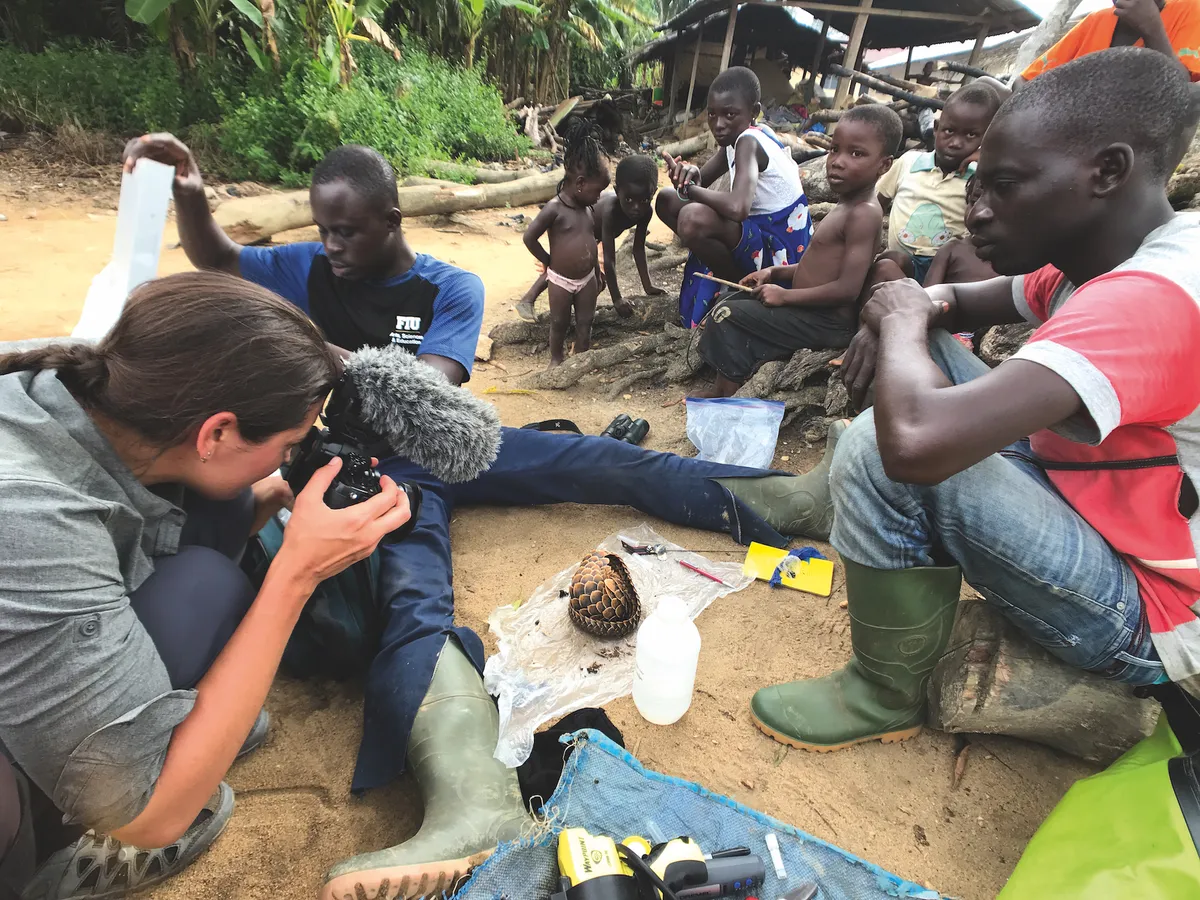
Yet motherhood can have a positive impact. “I started travelling less because I couldn’t, and taking photos where I was,” says photographer and mother-of-two Annie Marie Musselman, from Washington. “My favourite approach is to photograph animals in a way that shows that we’re all connected. I try to capture the details, such as the eyelashes of a wolf or the tender gaze of an octopus, which resemble our own. Having kids has deepened my skills and made my work more emotive and intentional.”
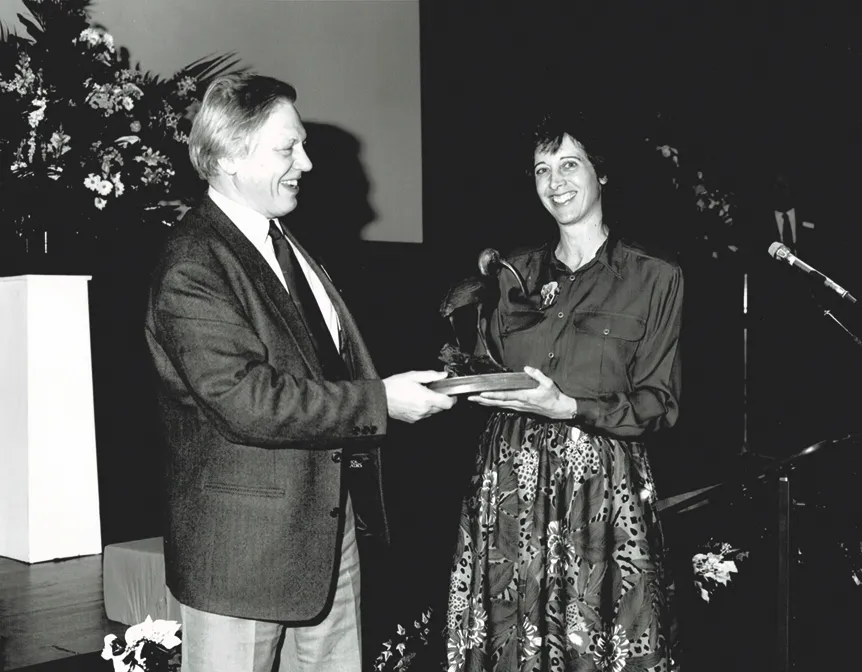
What are the safety issues for female wildlife photographers?
Interestingly, each of the four women that have won the WPY grand title were, at least at one time, part of a husband-and-wife team. This makes sense, as it can be tough for women to feel safe travelling solo. In some countries it can even carry a stigma.
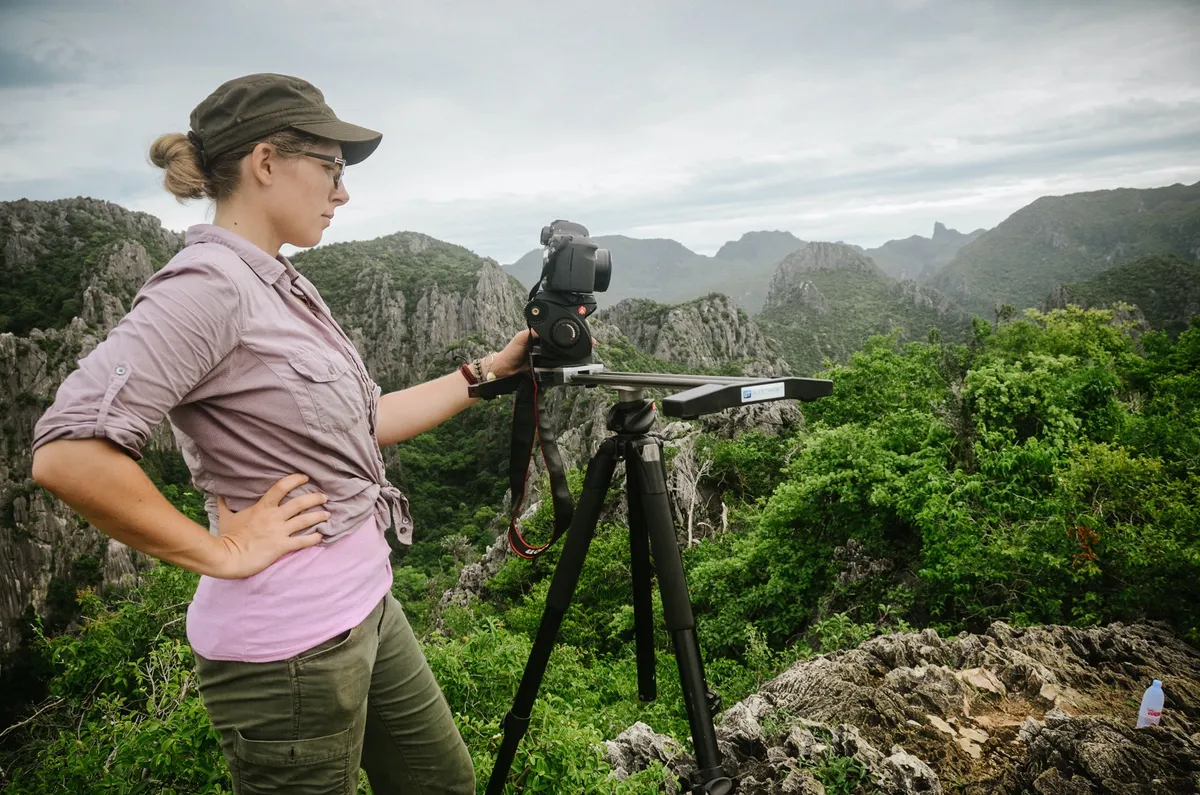
“Safety in the field is a barrier to women, especially as we can be alone for long stretches of time,” says wildlife photographer Carla Rhodes. “I’ve put myself in situations that I have been strongly advised against as a solo female. I pushed through the fear, but it made my journey harder.”
The label ‘wildlife photographer’ may evoke images of a person roaming the wilderness to photograph elusive species. And not long ago, that might have been the case. But to tell the kinds of visual stories needed during a time of mass extinction and climate change, you need robust photojournalism skills too.
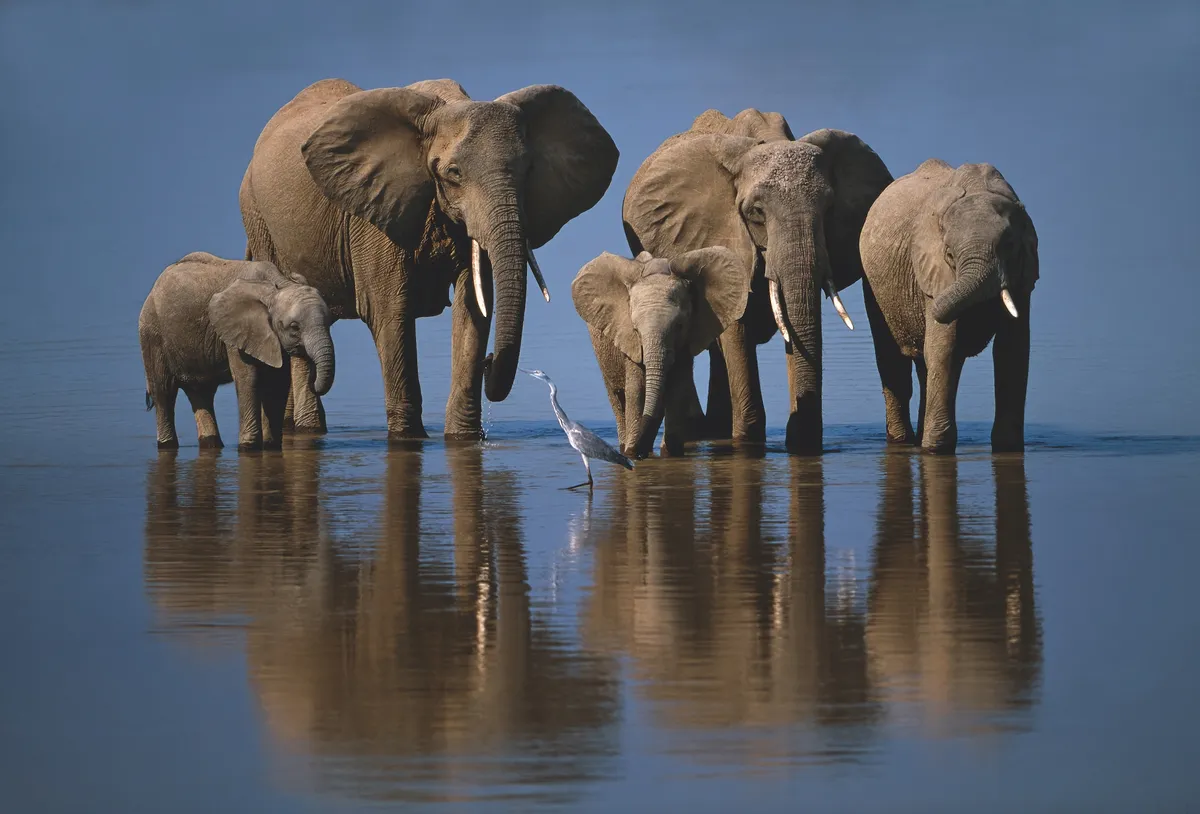
Conservation photography has become a leading genre, encompassing a broader view of nature photography that holds at its core how humans interact with and affect wildlife and habitats. This requires an ability to photograph people as well as animals.
As Kathy Moran, director of photography for National Geographic, puts it, “About 20 years ago, when I became the magazine’s first senior editor for natural history, I thought it might help to reframe our approach. I thought we should consider stories through the lens of conservation. That approach had far more appeal because it broadened the narrative and played to a much wider base of photographers. Eventually, we were working with more women and telling far more interesting stories.”
So the very term ‘wildlife photographer’ may be too limited to describe what’s now called for: a well-rounded visual storyteller capable of depicting the human impact on wildlife and landscapes.
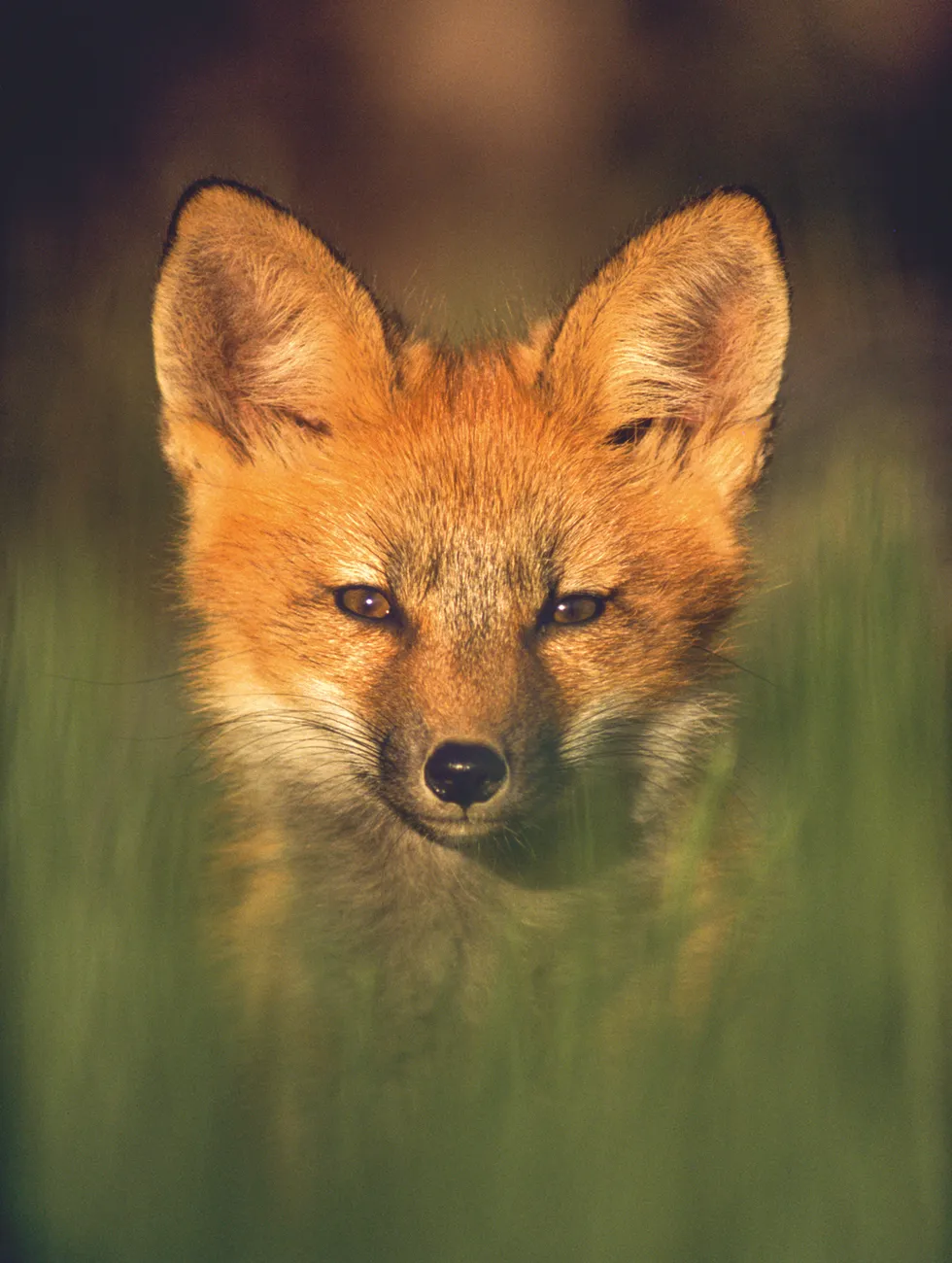
What opportunities exist for young female wildlife photographers?
And what about the younger generation? According to WPY, nearly 40 per cent of young competition entrants are female, compared with just over 20 per cent in the adult categories.
Given these promising figures, how do we foster the interest in young women? Aside from photojournalism workshops and courses, there are, in the USA, several higher-education conservation photography courses, such as those offered by Stanford University and the University of Nebraska at Lincoln. There’s also the American University’s Center for Environmental Filmmaking.
But bringing more young women into photography may mean reaching into other disciplines. We should, for instance, be encouraging young biologists to take cameras into the field to document their research. This is how photographer Jen Guyton got started. A solid grounding in science can be a huge asset in photography.
In an increasingly urbanised society, educational possibilities also need to be created in cities. How do we create accessible programmes, such as Jane Goodall’s Roots and Shoots, that can be replicated and scaled up, and that address both geographical and gender diversity?
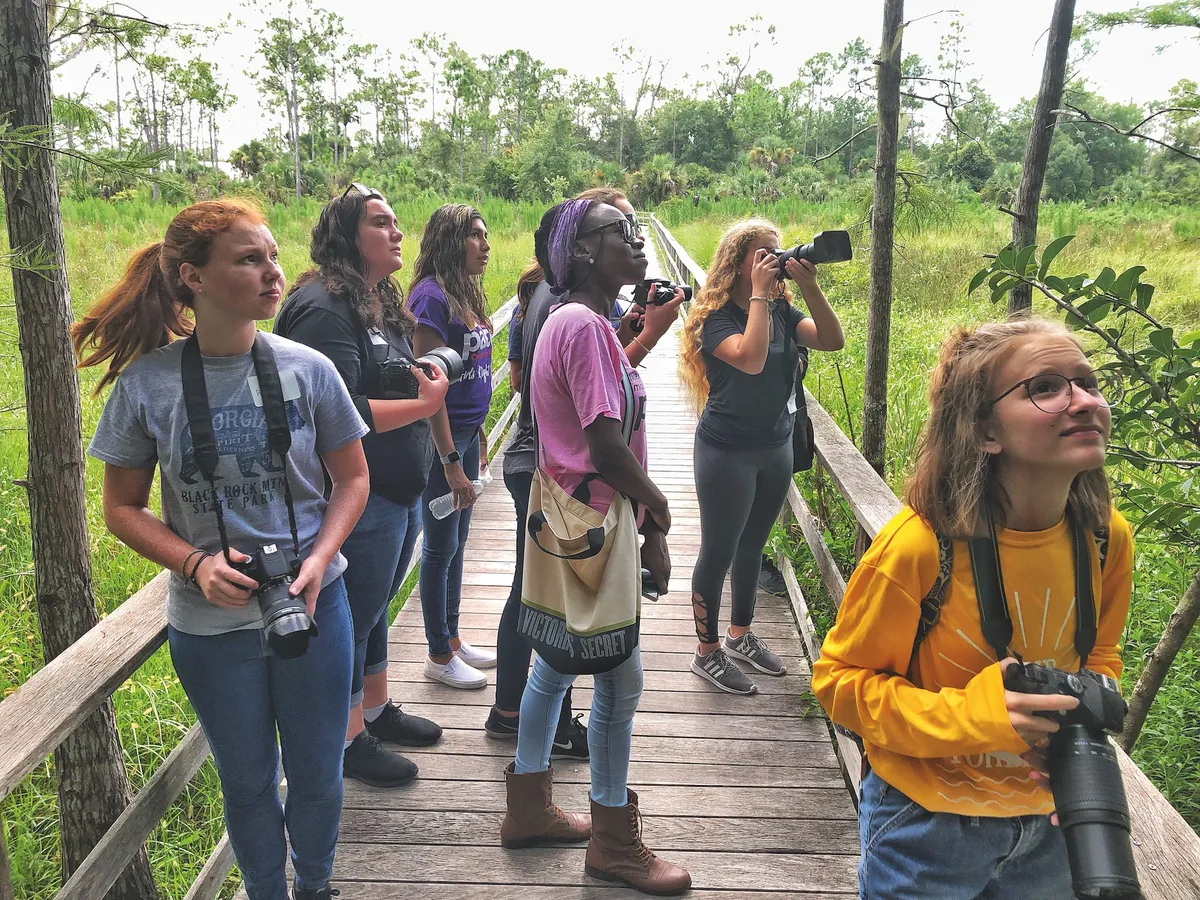
One template is provided by Girls Who Click (GWC), which aims to inspire a new generation of female wildlife photographers. Founded and run by photographer Suzi Eszterhas, GWC partners with leading female wildlife photographers to offer free workshops for teenage girls. Role models are important: personal stories shared by those who have ‘made it’ show that the paths to success are varied.
Recent years have seen a big leap in awareness of the need to increase diversity and welcome photographers from all ethnicities and genders, from recipients of sponsorships to camera brand ambassadors, speaker panels and workshop instructors.
“More magazine editors are consciously hiring women,” says photographer and film-maker Morgan Heim. “It’s almost become a cause as they try to remove barriers.” Organisations are cropping up to help editors and other clients find diverse, professional women photographers from all over the world. These include Her Wild Vision, founded by Morgan and fellow conservation photographer Jaymi Heimbuch, which currently lists 123 women. “But there’s still a lag,” says Morgan. “A friend just became what I believe is the third woman to be assigned a wildlife story in National Geographic, at least as a solo photographer.”
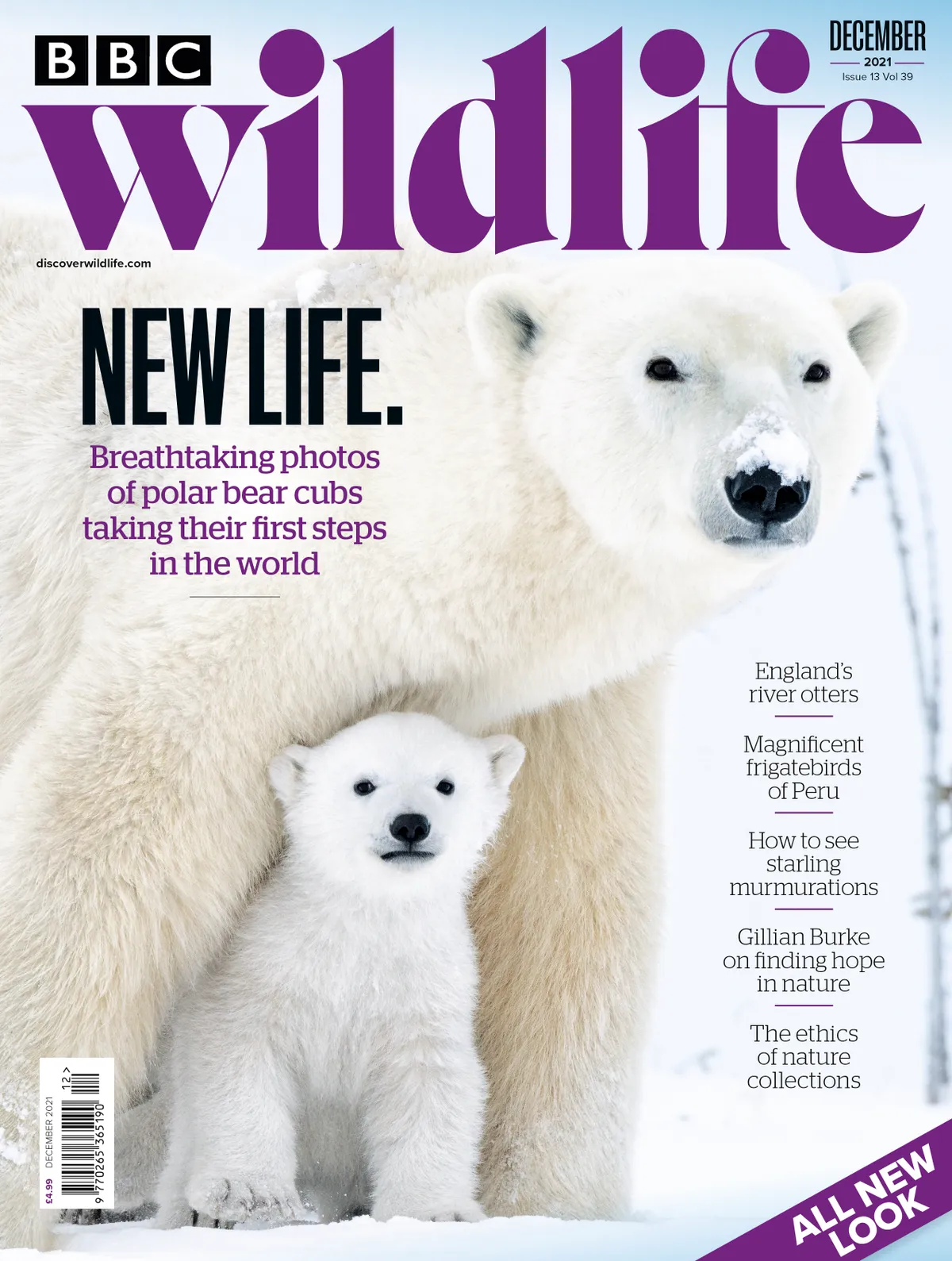
The Audubon National Society’s photography director Sabine Meyer feels that progress is being made. “Our past three covers at Audubon magazine were photographed by women,” she says. “But we still fall short of real equity.” She suggests that those who have hiring power need to “seek out female wildlife photographers, give them high-profile assignments, and validate their talent and hard work with exposure. Male wildlife photographers all started somewhere with a ‘spark’ assignment; we can provide similar opportunities for women.”
Removing barriers and introducing incentives are also helpful strategies to funnel more women into photo contests. Morgan describes how, when the Big Picture Natural World Photo Competition identified a drastic disparity between male and female entrants, it embarked on a campaign to incentivise and engage women photographers. By the end, entries had reached a near 50/50 split.
She also suggests contests think of incentives that might encourage more women to enter, such as putting a portion of the entry fees towards a scholarship for under-represented photographers or an environmental cause, because “it taps into the community and care-giving qualities so ubiquitous among us”.
According to Roz, WPY is moving in this direction, encouraging entries from regions that are currently under-represented and waiving the entry fee for 50 countries where the £30 could present a financial barrier. The contest also plans to contact organisations that can help encourage more entries from women of all ages, as well as those that support diversity, and is striving for a representative jury – in 2022, this will comprise four women and three men.
Cultural change is slow, happening over generations. But it is happening. The world is waking up to the idea that women are just as capable in the arena of wildlife photography as men, and that their voices and visions are uniquely qualified. “I see a lot of women bringing a tenderness and intimacy to their subjects,” says Morgan. “They don’t shrink away from hard emotional scenes and they find it even in the most ‘mundane’ of creatures. Women have a great power to remind us that the most ordinary things still shine with the extraordinary.”
One could argue that’s what’s needed in this day and age, more than anything.
UPDATE: October 2022
The Wildlife Photographer of the Year 2022 contest was won by Karine Aigner, who is now the fifth woman to have won the competition. Karine's spectacular image of a ball of cactus bees buzzing over the sand on a Texas ranch won both the Invertebrates and the Overall category. Karine also won the Photojournalist Story Award in the same competition.
Main image: Melissa Groo in Florida
